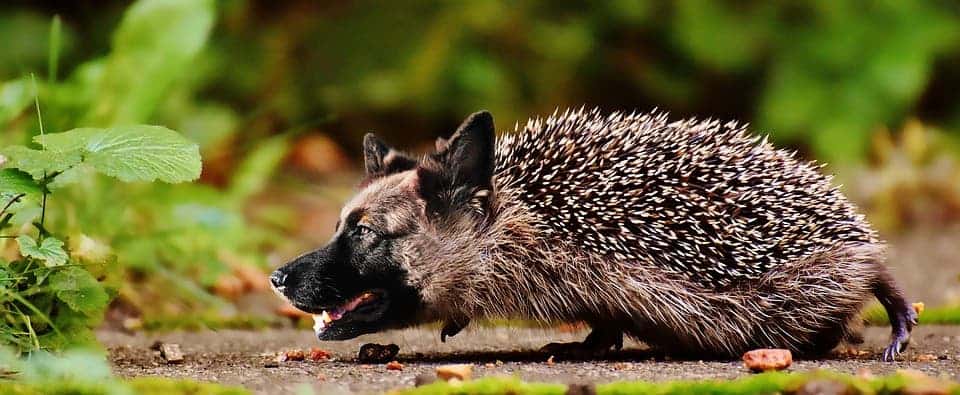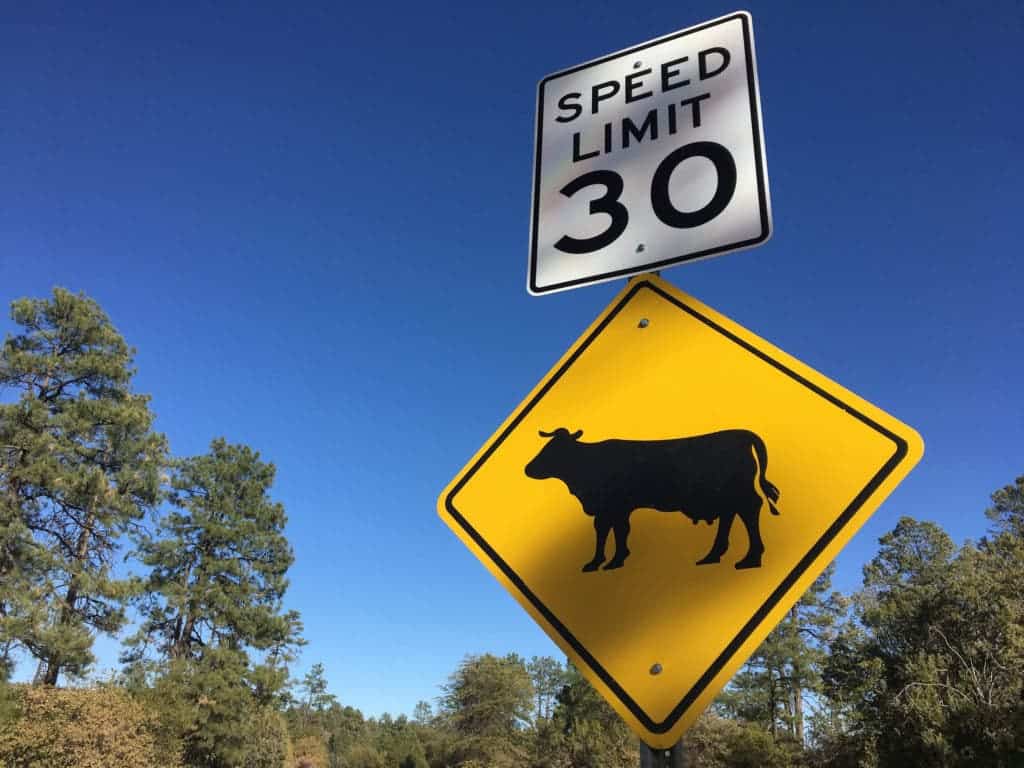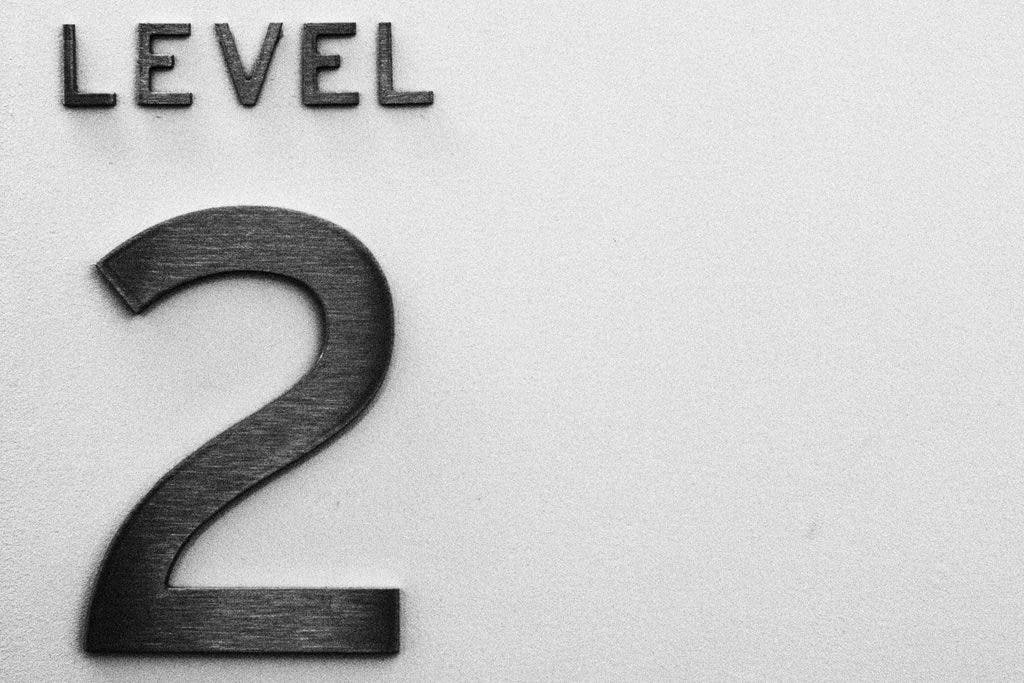
Evolution, by and large, has had center stage in shaping life as we know it. Everything that roots or runs, burrows or swims, grazes, pecks, or stalks has been steered by its hand. The idea has also sparked one of the most heated debates humans have ever thrown their collective lot into — that of our origin.
This debate revolves around two opposing ideas: intelligent design (or ‘creationism’) and evolutionism. Often messy, this debate has muddied the scientific waters from which the latter theory spawned. Presenting the debate as a choice between two entities tends to somewhat put the two on the same level in our subconscious. Pitting it against quite literally the concept of divinity makes it easy for us to impart almost supernatural, godlike traits to the process of evolution — to think it almost a living creature, that shapes life according to its own wants and whims. After all, something which replaces the work of gods must be a pretty powerful and impressive force in and of itself, right?
And so, we come around to what we’re going to sink our teeth into today: some of the misconceptions that I have seen surrounding the idea of evolution.
That evolution created life, and the theory of evolution equates to a theory about the origin of life.
Certain aspects of the theory of evolution do relate to the origins of life — such as what types of organisms came first, what they ate, where they lived, how they shaped all life to come. Overall, however, the theory of evolution aims to understand how life behaved after it appeared, how it changed to suit its environment. This intrinsic property makes evolution and abiogenesis (the natural process by which life arises from non-living matter) very separate things. No life, no evolution.
Equating the two is like saying all chemistry is actually physics because it deals with atoms, which are physical particles. If you look at a limited-enough part of these fields, that statement can technically stand true. The big picture, however, is that we have different names for the fields because they deal with different bits of the natural world: chemistry with the composition, structure, properties, behavior, and the changes that compounds of atoms and molecules undergo through reactions with one another; physics looks at matter, its motion and behavior through space, as well as energy and forces.
To stretch this analogy even further, evolution resembles chemistry in that it studies how organisms change over time through reactions with their environment and other organisms. Abiogenesis, like physics, looks at what processes allowed those organisms to form in the first place.
That it aims to create a ‘perfect organism’, at which point the process of evolution will be ‘complete’.
This one is a bit more convoluted, so bear with me.

First, it’s important to note that evolution doesn’t have a goal; it is the journey, not the destination.
New generations partly inherit characteristics from their parents, partly take on new ones through mutations (a permanent change in an organism’s genotype). Mutations can be either good for the organism (such as making it more resistant to a certain pathogen), bad (making it more vulnerable to a certain pathogen), they can have mixed effects, or no effects at all! It’s a lottery.
[accordion style=”info”][accordion_item title=”Genetics vs. appearance”]An organism’s genotype is the part of its genetic makeup that determines one of its outer characteristics. The sum of the latter makes up the phenotype. As a rule of thumb, think of the genotype as an organism’s genetic blueprint, and of the phenotype as the end product, with all the scratches, dents, and new coats of paint it got over its lifetime.[/accordion_item][/accordion]
Genes are (or, rather, used to be) built with four building blocks called nucleotides: adenine, thymine, guanine, and cytosine (or ‘A’, ‘T’, ‘G’, and ‘C’). Note that in RNA, thymine is replaced by uracil (or ‘U’). What makes each nucleotide distinct are bits called nitrogenous bases, which form the rungs in the DNA ladder. The side rails are made of sugar molecules tied to pieces called phosphate bases, which stack on top of another. A only ties with T and G only with C, but, because they use the same sugar molecules to connect to the rest of the DNA strand, these pairs can switch places — and you get a mutation. Alternatively, pairs can be unwittingly deleted or inserted into the strand. This, again, causes a mutation.
Over successive generations, enough mutations build up in the genotype to subtly change a species’s phenotype. Over longer spans of time, this process will generate entirely new species (significant changes in phenotype) from pre-existing ones. That’s why evolution can’t be ‘complete’: it is the change.
Secondly, an organism’s ‘perfection’ can only be gauged in relationship to something: a perfect ocean mammal will be, literally and figuratively, completely out of its depth on a mountain peak.
Which brings us to the next point on our list.
That evolution doesn’t have a direction — it’s random!

The word ‘evolution’ refers to gradual development. In the context of our discussion today, the change in the genetic heritage of organisms over time. We’ve seen that it’s an ongoing process that can bestow younglings with both great advantages or crippling shortcomings — however, in its eyes, all mutations are equal.
Evolution through natural selection, however — the theory Darwin developed — is what people generally refer to and shorthand as ‘evolution‘. The gradual development we’ve just talked about is random and yields random mutations, but the end product of evolution (through natural selection) is not random.
Natural selection is where mutations go to be judged. It’s the quality control department of evolution; the sieve that separates the fittest wheat from the illest-adapted of chaff.
It sounds like a fancy concept, but it’s actually really simple. ‘Natural selection’ basically encapsulates the idea that environments put certain pressures on organisms: to find food, to stay warm, to not get eaten, to find a mate, etc. How well an organism meets these requirements determines a lot of factors, such as how long it will live, and how well it will be able to defend itself. In the end, however, all these factors are only proxies for the one overriding goal all life shares: to continue its own image by passing on its genes.
[accordion style=”info”][accordion_item title=”Why do we mutate, then?”]Mutations generally result from either errors while a cell tries to copy produce more DNA and split, or from chemical, biological, or physical damage to the DNA molecule. Cells have safety systems in place to spot and fix mutations, but some still slip through.[/accordion_item][/accordion]
Nature is pretty much a dog-eat-dog rat race (double cliches are the best cliches). Even slight disadvantages from unfortunate mutations will make an organism more likely to die — which dramatically limits its baby-making potential. At the same time, even a seemingly inconsequential boon from one’s genetics could provide an edge in mate-ability. Thus, species weed themselves of poor mutations over time, while retaining and even amplifying positive ones. Through the process, they change. The changes are random but, by pitting them against the environment, the overall direction species evolve in isn’t random — it’s guided.
In other words, evolution causes each organism in a species to be a tentative first step towards a new genetic lineage, complete with strengths and weaknesses. But it is the gene-borne ability of each individual to adapt to their natural environment that selects which get to make babies and spread their DNA.
Which should make the next misconception pretty confusing to read at first:
That evolution always favors the fittest.

Image credits Alan Levine / Flickr.
Reading between the lines of the point we’ve discussed above, specifically in the “how well an organism meets these requirements” part, there’s a hidden kernel of wisdom; one that, I find, does wonders during a stressful day. Even in the eyes of evolution, you don’t have to be ‘perfect’ — ‘good enough’ is, really, good enough.
Natural selection is a sieve rather than a competition because it allows individuals to have whatever traits their genes give them, as long as they’re able to survive (and mate). The process doesn’t single out the best in the species to breed that over and over. It just slowly murders those who can’t keep up, along with their genes. Everyone else can keep on keeping on.
What natural selection rewards is adaptability, not ability.
For example, take yours truly. I like to fancy myself a well-adapted guy, mostly due to my solid entrenchment at the top of the food chain. But my wisdom teeth, thanks to a genotype that made my jaw too small for them, are solid agony. There is no shadow of a doubt in my mind that, bereft of modern medicine, I would have gladly poked a bear with a sharp stick, trying to look tasty while pleading for it to maul me, just so I wouldn’t have to endure the pain.
I am definitely not the fittest. And, in the wild, I very likely wouldn’t have been fit enough either. But in my environment, I’m just good enough.
Another point I’d like to make here, again, is that the very idea of being the ‘fittest’ implies a standard of measurement. A standard which may or may not hold true between species — for example, a plant’s standard could be how well it photosynthesizes, a bear would judge its fitness through physical strength, while you or I would much prefer cognitive ability. Two species can be just as fit to thrive in the same conditions even if they have very different characteristics.
Nature always finds new solutions to old problems, and the fitness of an organism can only be gauged in relation to its environment. The kakapo, for example (Strigops habroptila), was superbly adapted to its environment in New Zealand before humans arrived. This fluffy, flightless parrot had no natural predators and ample resources of food — so it evolved into this cute, fat bird that has almost no concept of fear and tons of libido. Tons of libido; here’s Stephen Fry intruding on the privacy of one happy kakapo and one quite (un?)lucky photographer:
Today, however, the birds have fallen on hard times. After humans got there, first Polynesians and later Europeans, it was hunted intensely since it was plump, tasty, and didn’t run away. Humans have also brought invasive predators that decimated the species: as of February 2018, the Kakapo Recovery Programme’s page reports the total known adult population amounted to 151 living individuals.
The kakapo has gone from one of the most successful species in its environment to being listed as critically endangered on the IUCN’s Red List — all because some new organisms showed up and changed the ecosystem.
That evolution always means ‘better’ versions of organisms.

My main gripe with this idea actually has to do with what people generally envision as progress. In an age when new phones have better specs than the last, new cars are faster than the old ones, and new rockets are cheaper than the old ones, we tend to assume that ‘progress’ equates to a linear improvement. When talking evolution, then, the impression is that progress means bigger muscles, sharper beaks, thicker furs — a certain number of characteristics that simply get an upgrade.
But let me ask you this: say you have your standard Mk.I polar bear, and one lineage then evolves into the Mk.II. It’s better across the board. It’s much faster and stronger because it has bigger muscles. It can bear much lower temperatures because it has a thicker coat of fur and more fat under its skin. It’s also bigger, and nothing in its ecosystem can dare stand up to it. Let’s even go wild and give it a sonar, just like the ones dolphins have.
The Mk.II nearly wipes the Mk.I clean off the face of the Earth because it’s so much better at being a polar bear than its predecessors. But as they compete, human-induced climate change starts heating up the poles. Mean temperatures increase, ice cover begins to shrink, and food becomes scarcer as polar bears need ice to hunt seals.
In this scenario, being bigger, fatter, and having more muscle could actually pose a disadvantage, as it means the Mk.II needs more food to survive. Being heavier also means that it’s less likely the Mk.IIs will find ice chunks thick enough to sustain their bulk. The thicker mane means they have to spend more energy trying to regulate body heat, since it’s too warm for thick furs now. Size, while still an advantage in itself, also quickly becomes a liability, as other animals in their ecosystems are increasingly looking at them as potential meals — since they’re so meaty.
Evolution (through natural selection) would quickly start to favor the smaller but less food-intensive Mk.I over the newer, assumed-to-be-better species.
It’s an extreme example, but it gets the point across an organism with traits that are beneficial in one situation may be poorly equipped for survival when conditions change. Evolution and natural selection don’t work to churn out ‘better’ life. They work to make better-adapted life.
It’s a subtle nuance, but a significant one.
Bonus round — That evolution is always slow and humans aren’t evolving any longer.

Generally, evolution and natural selection take a lot of time. But there is evidence of (relatively) rapid evolution in the fossil record; for example, some species of foraminiferans, which are a type of single-celled organism. It’s not rapid as from one generation to the next — the paper I’ve linked describes how two genera, Morozovella and Acarinina, differentiated into two new morphotypes, M. africana, and A. sibaiyaensis, as well as a completely new species, M. allisonensis, in under ten thousand years.
[accordion style=”info”][accordion_item title=”Morphotypes?”]Morphotypes are a group of individuals that are part of a species but different enough to stand out and be distinguishable from the rest. [/accordion_item][/accordion]
Now, ensconced comfortably in our concrete ecosystems, it’s easy to think we’re out of the grasp of evolution and natural selections. But boy, oh boy is that wrong.
We’re not yet at the point where we can control our mutations, so evolution still reigns supreme over our biology. Our technology, medicine, all our know-how do, however, influence the effect of natural selection on our species — but that’s not the same as eliminating it altogether.
For example, we can now treat diabetes with insulin, meaning that (at least in developed countries) the disease isn’t as powerful a selection criteria as it used to be — in blunter terms, the mutations that contribute to the condition aren’t as likely to get you killed. The reverse is that we’re also no longer weeding out the faulty gene versions, as we used to.
At the same time, we’ve gained new selective pressures — we live in denser groups, meaning we’re at higher risk of epidemics. Throughout time, these genes that confer resistance to disease become increasingly important and increasingly selected for in our collective gene pool. Modern medicine largely insulates us from epidemics today, but if one hits and we don’t have a cure, those whose genes can provide an edge will be around to repopulate, and the rest likely will not. Thus, those genes will become even more prevalent.
Phew, that was long — you guys have probably already started to select for longer-than-average attention spans!
I do hope you found it interesting and that it helped patch up your understanding of the subject. These are just the most common misconceptions I’ve run into when discussing the topic, but that doesn’t mean these are the only ones floating around out there. If you’ve got something that you feel could join them on the list, leave us a comment down below.


